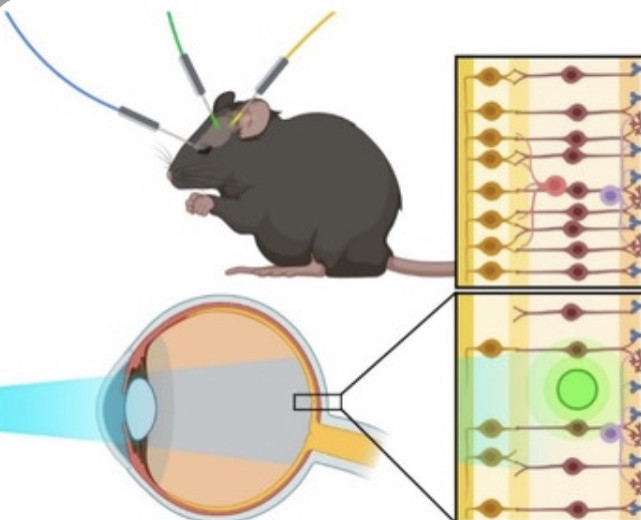He's back! Phew
👉🏻GenSight’s optogenetic therapy skips the damaged photoreceptor cells entirely by using a virus to deliver light-sensitive bacterial proteins into the RGCs, allowing them to detect images directly.
👉🏻The researchers injected the virus into the eye 👈🏻of a man with RP, then waited four months for protein production by the RGCs to stabilize before testing his vision. José-Alain Sahel, an ophthalmologist at the University of Pittsburgh Medical Center in Pennsylvania and leader of the study, says that one of the challenges was regulating the amount and type of light entering the eye, because a healthy retina uses a variety of cells and light-sensitive proteins to see a wide range of light.🕯
“No protein can replicate what the system can do,” he says. So the researchers engineered a set of goggles that captured the visual information around the man and optimized it for detection by the bacterial proteins.
Using a camera, the goggles analyse changes in contrast and brightness and convert them in real time into what Sahel describes as a ‘starry sky’ of amber-coloured dots. When the light from these dots enters a person’s eye, it activates the proteins and causes the RGCs to send a signal to the brain, which then resolves these patterns into an image.

